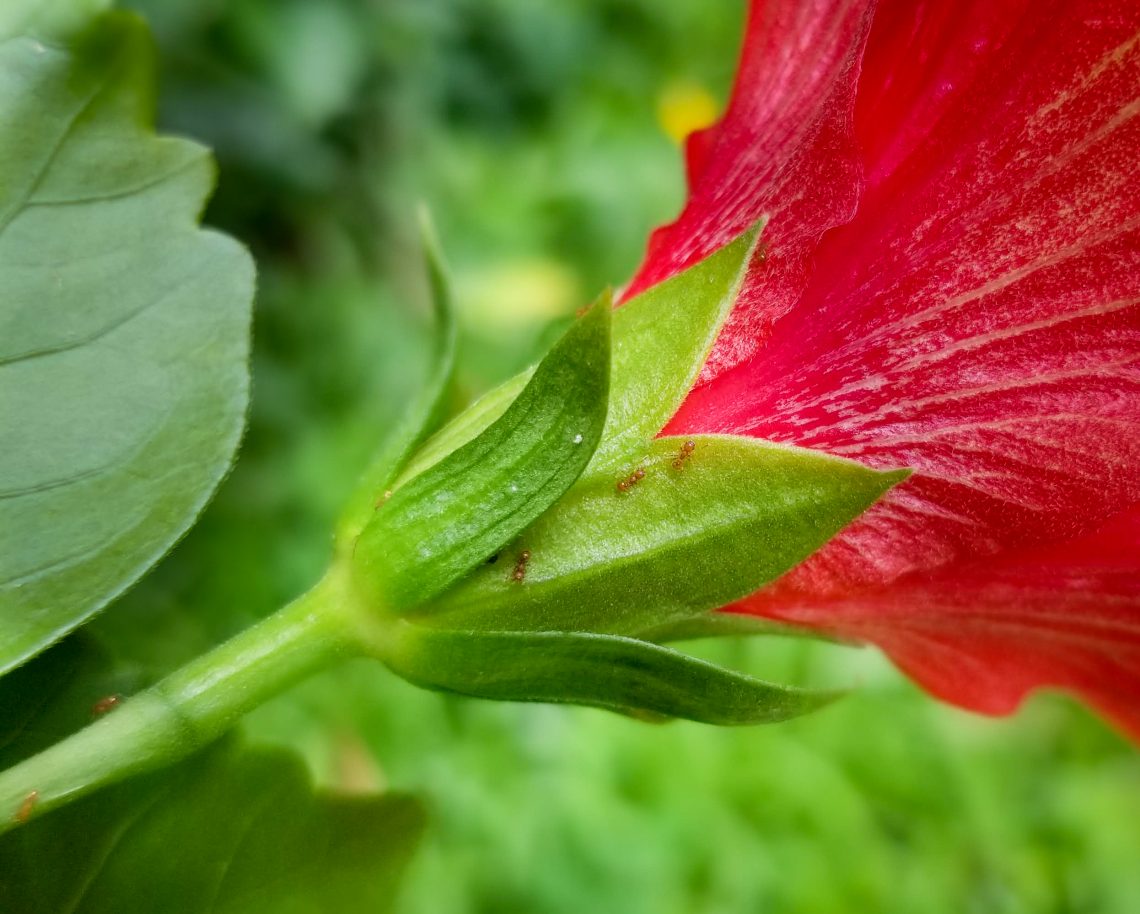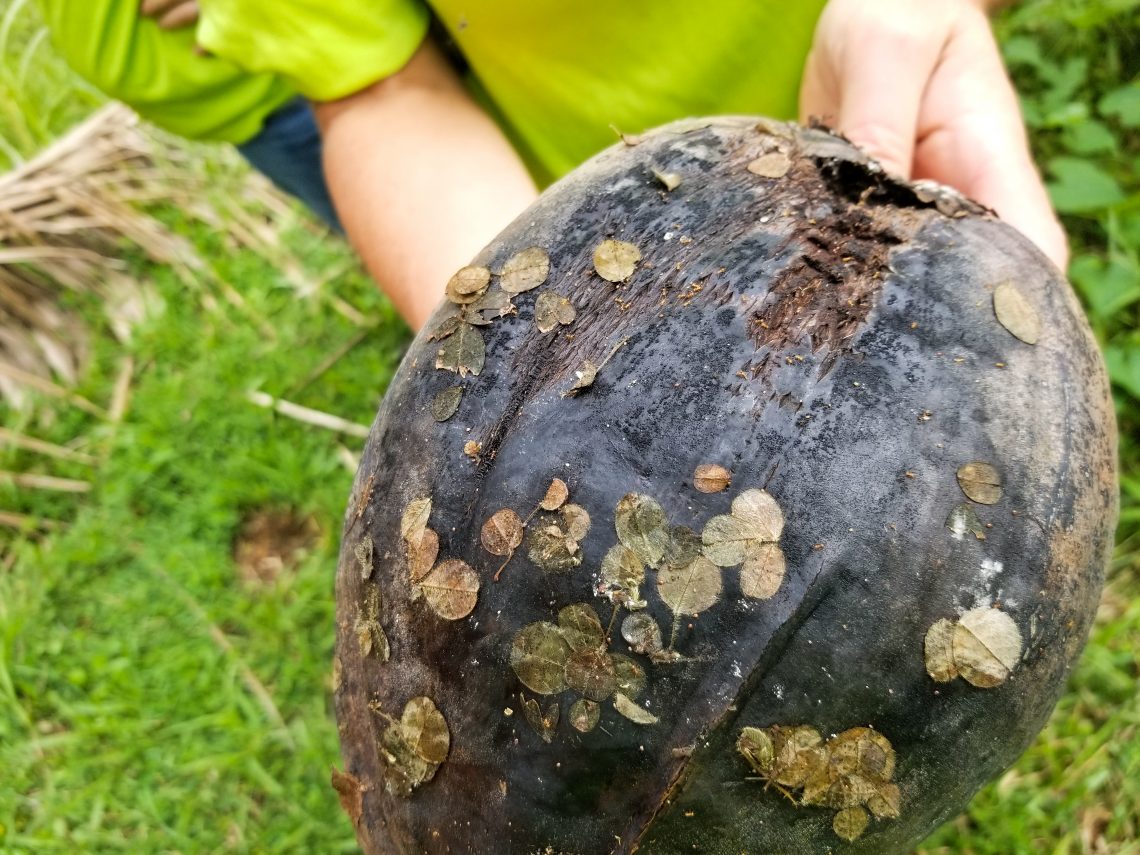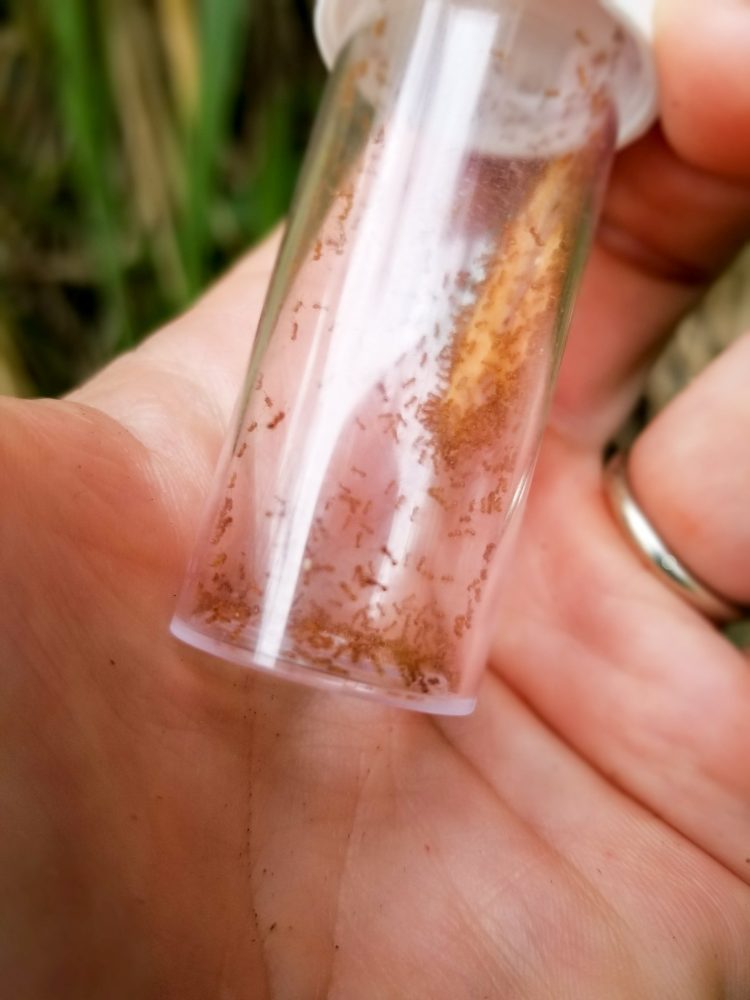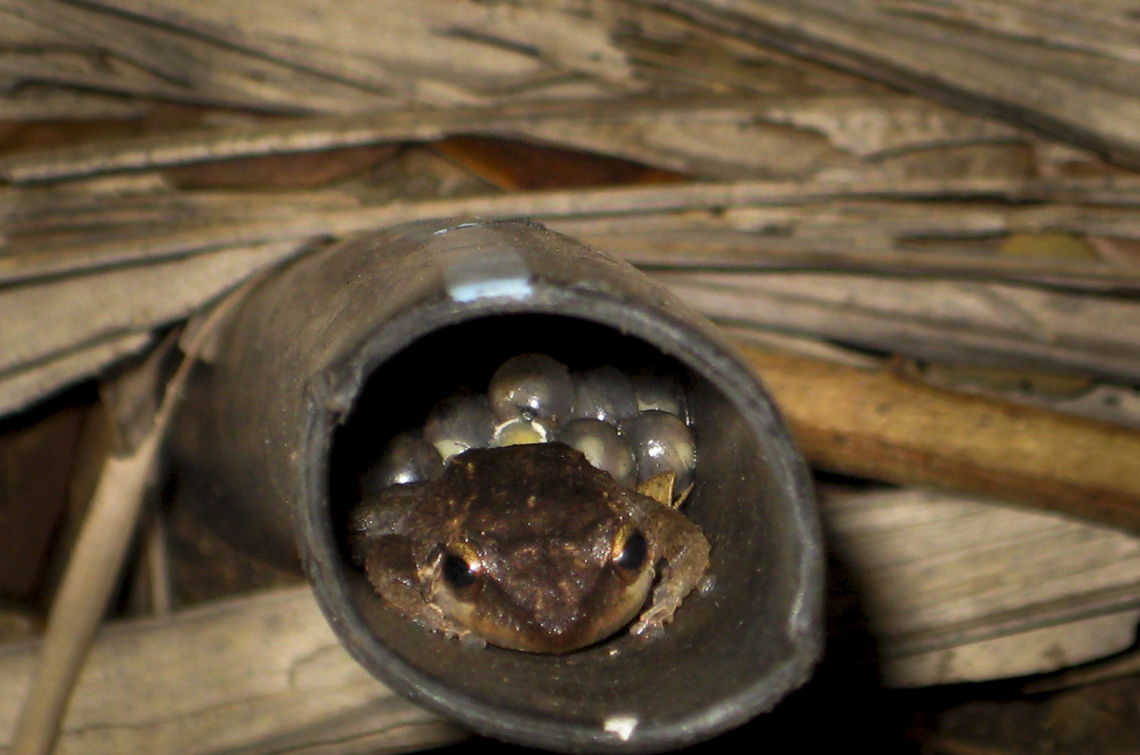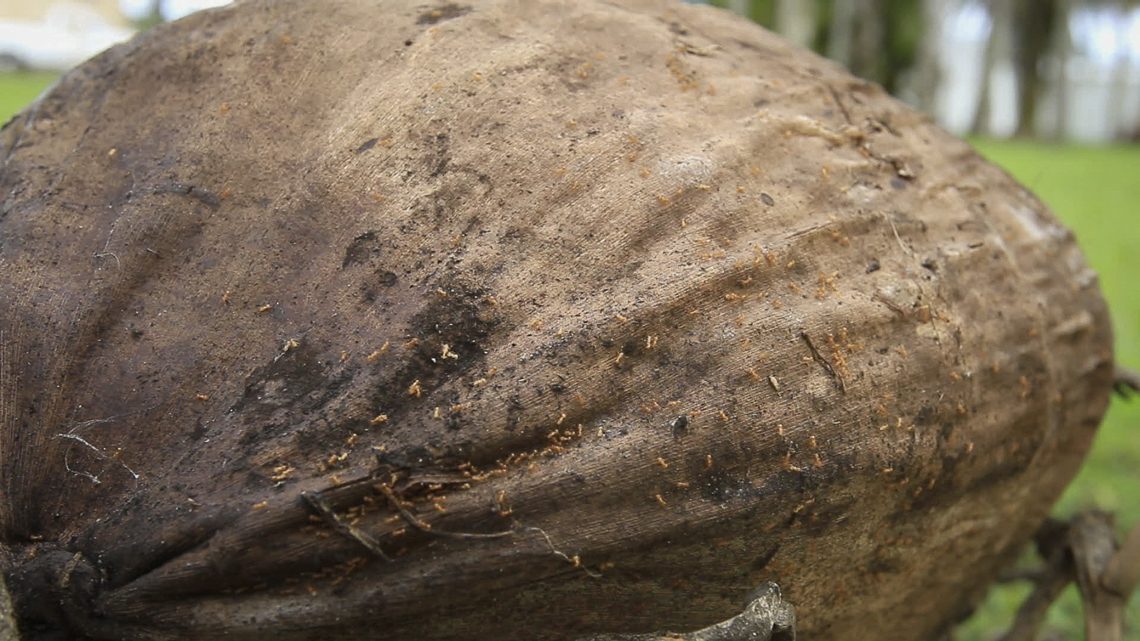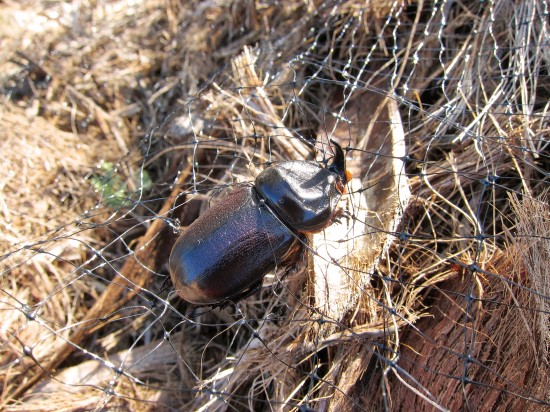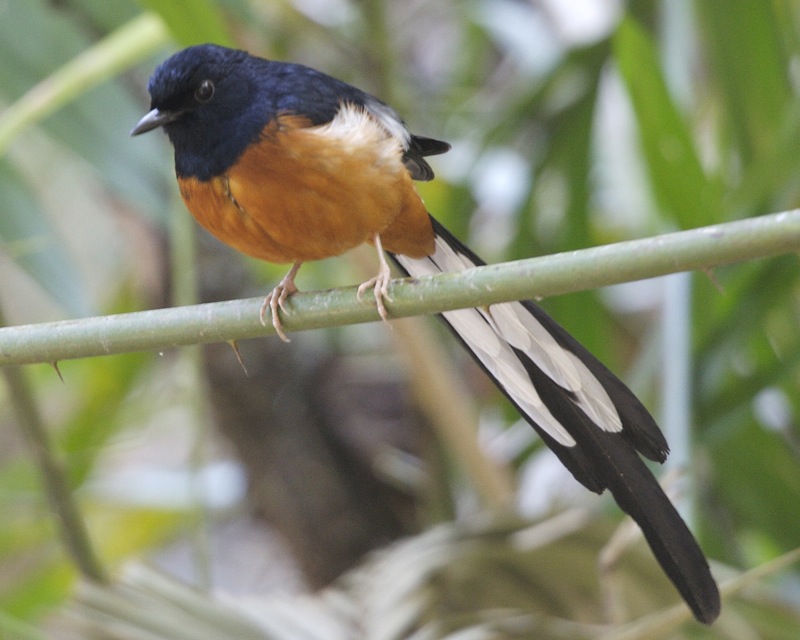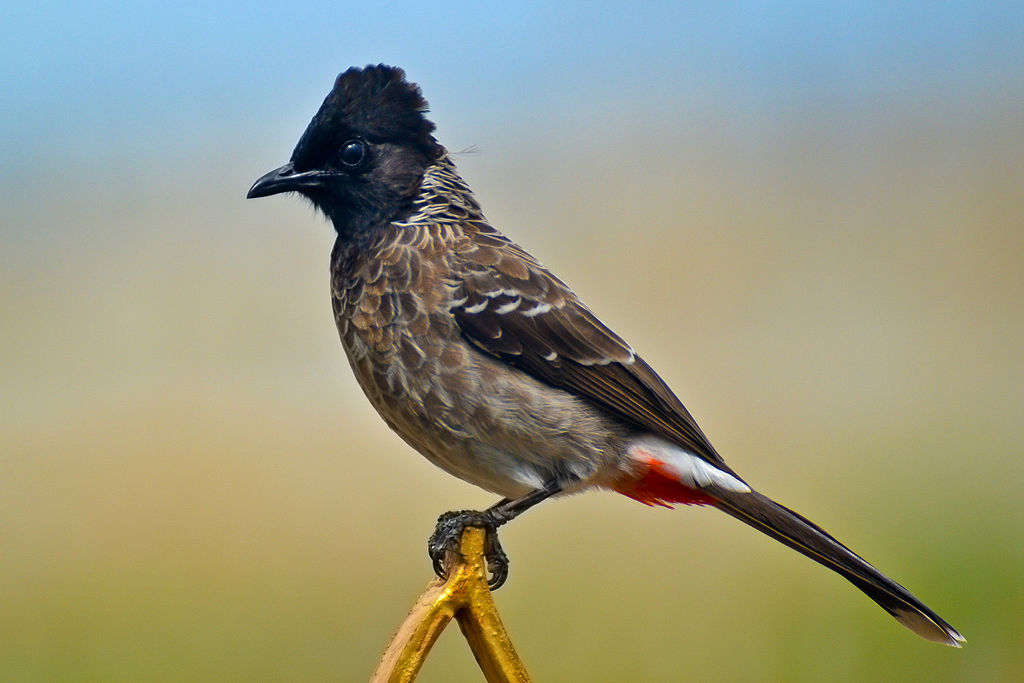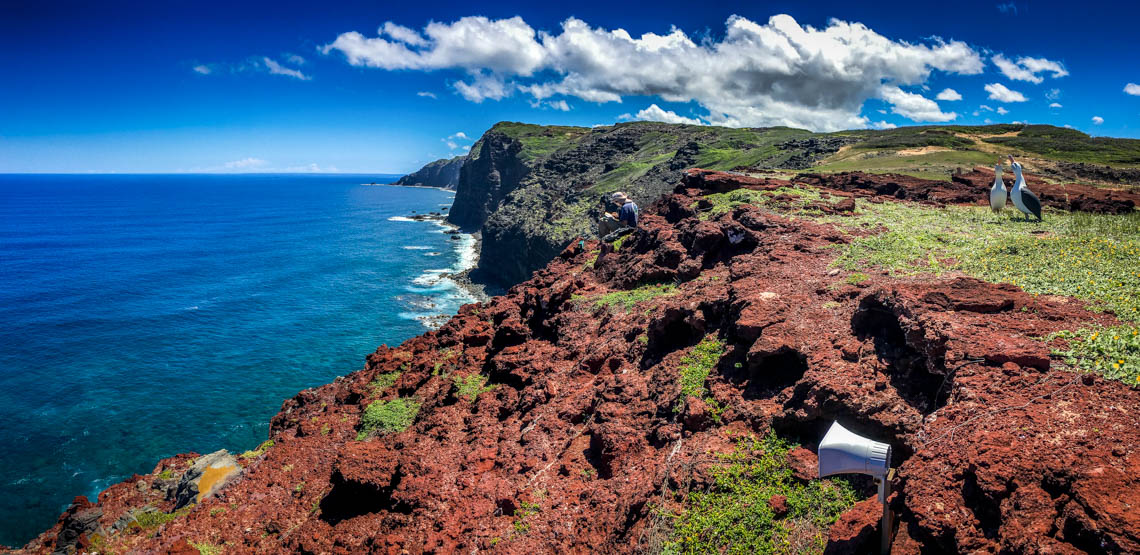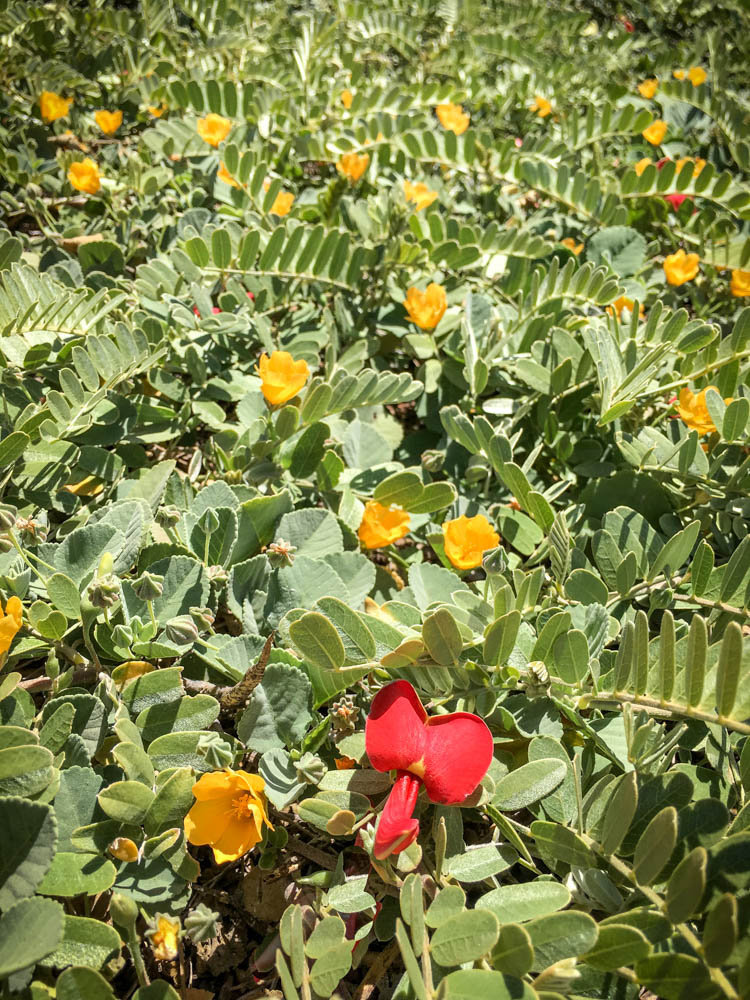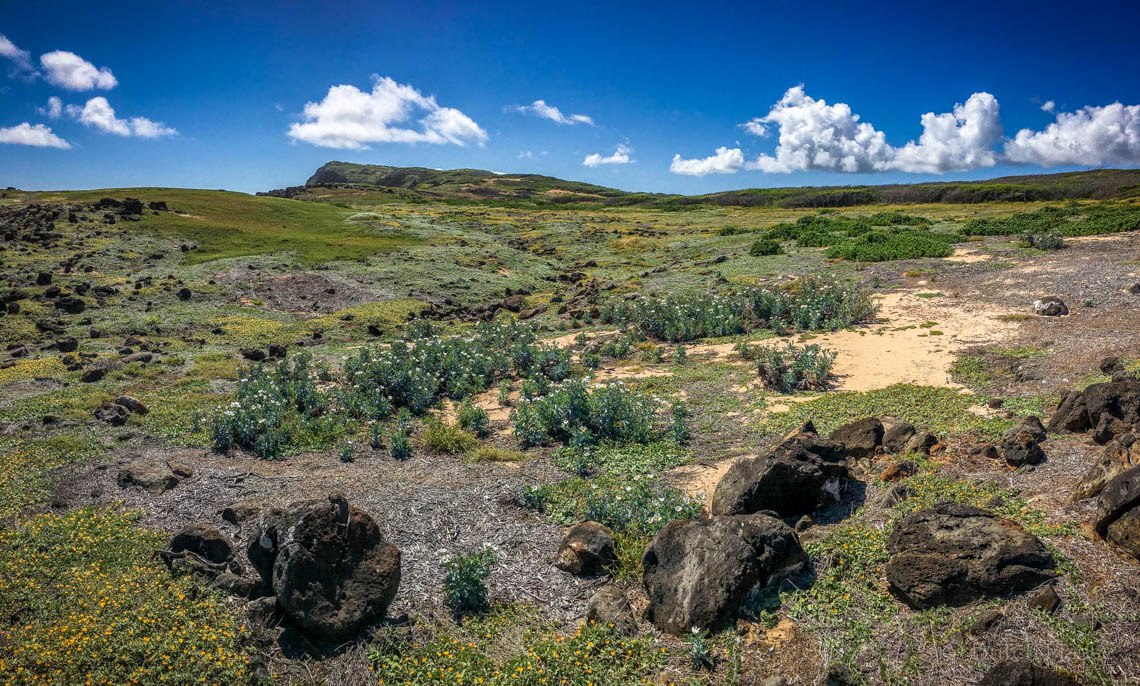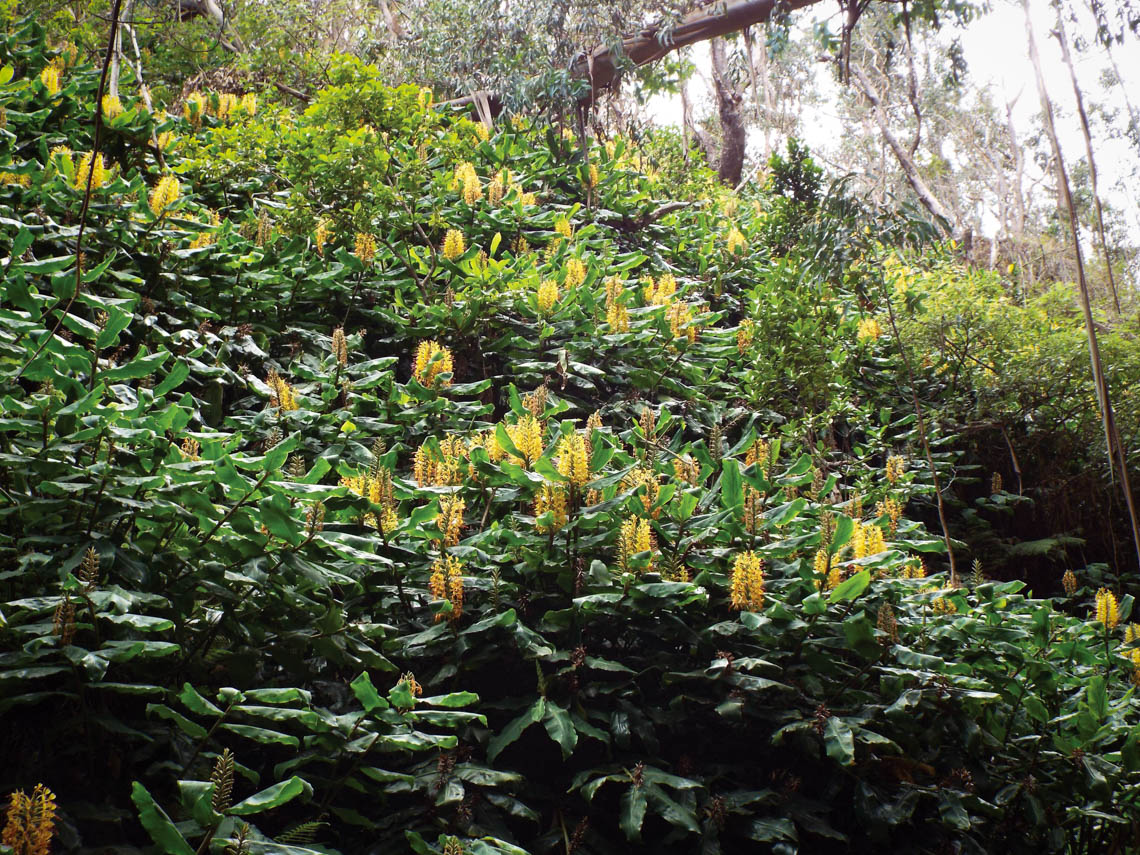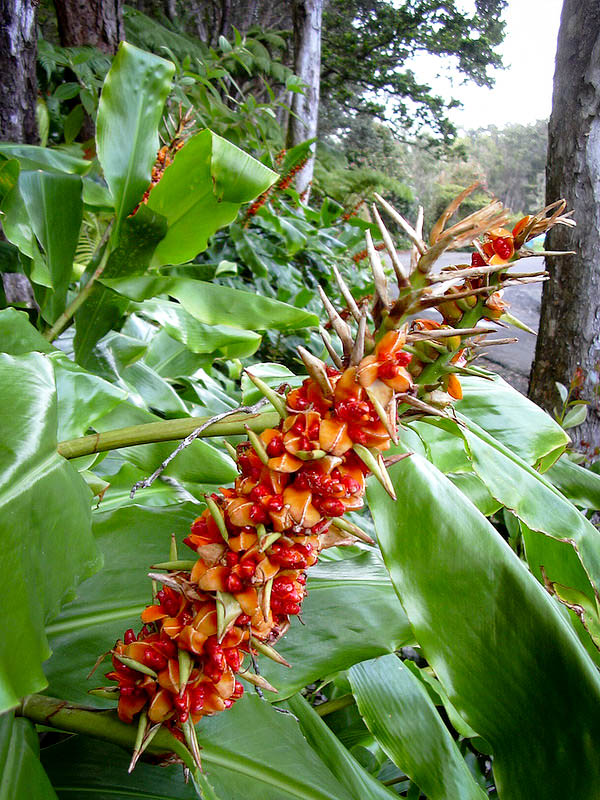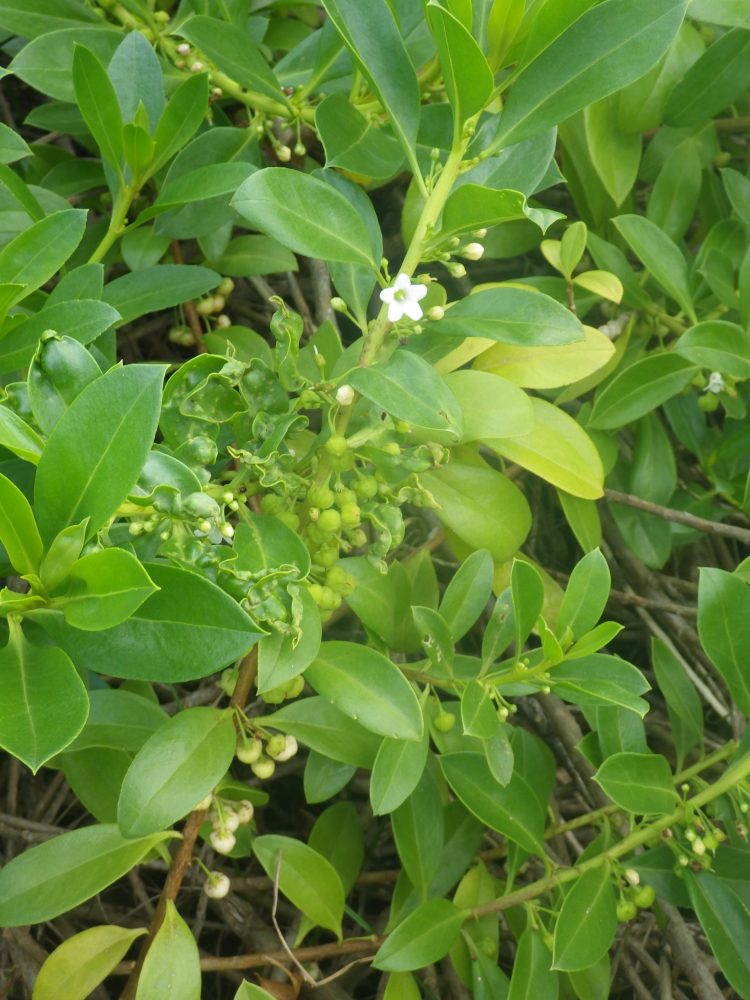
From Maui’s coastlines to our mountain slopes, the naio tree provides shelter for native animals and helps prevent erosion. Naio is a shape-shifter: it can be a crawling prostrate shrub or an 80-foot tall towering tree. Itʻs versatile and adaptable. Along the shore, naio plants easily withstand the constant salt spray. At the top of Haleakalā, these indigenous plants endure bracing cold and wind. But the hardy naio trees of Hawaiʻi are at risk from a minuscule, sap-sucking insect, the naio thrip.
At 1/20th of an inch, about the size of the comma in this sentence, the naio thrip is so tiny it is easily overlooked, but can wreak havoc on naio trees. Within four hours of a thrip beginning to feed on a naio plant, the munched leaf will start to curl. After months of feeding, the plant becomes misshapen and crumpled. Eventually, the thrips will kill naio trees. Young plants are particularly vulnerable.
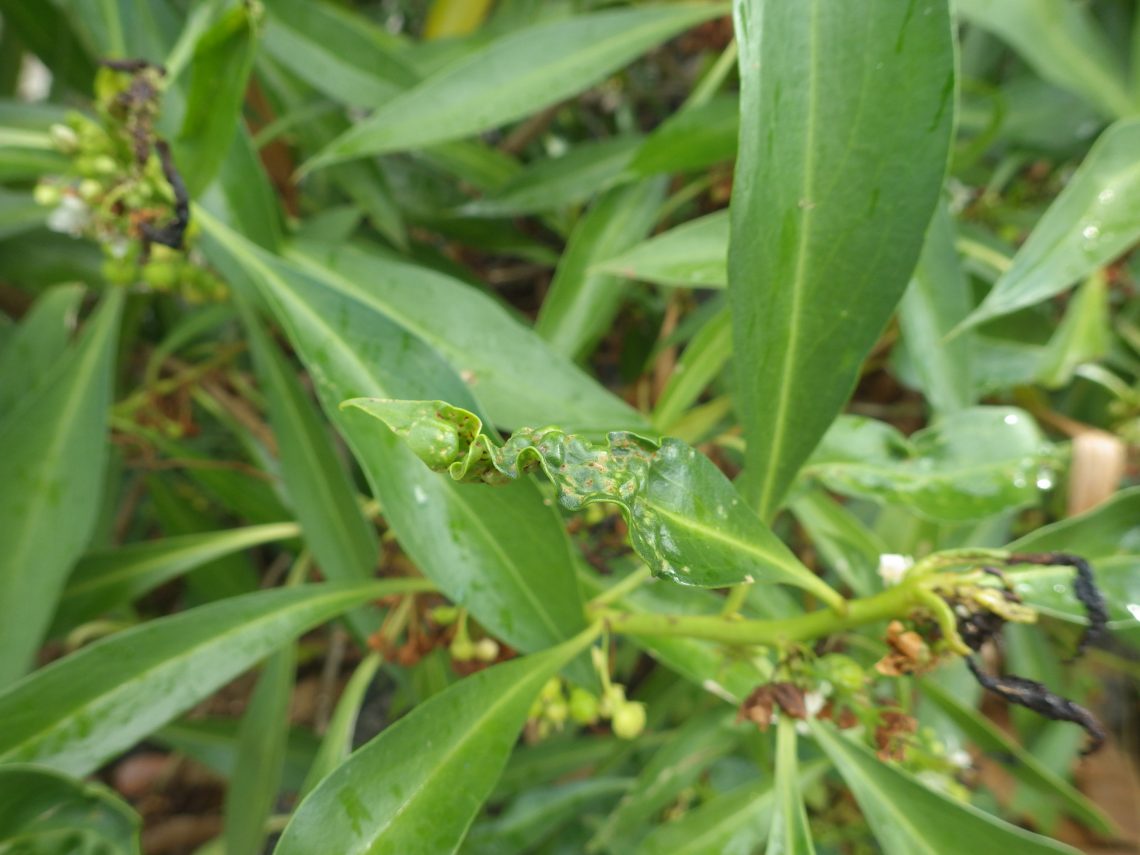
The minute thrips were initially found on Hawaiʻi Island in 2008. Infestations there werenʻt found soon enough and many stands of naio have since perished. Resource managers knew it was only a matter of time before the pest spread. To reduce the risk to naio elsewhere, the Hawaiʻi Department of Agriculture implemented a quarantine on naio, prohibiting the movement of the plant from Hawaiʻi Island. Resource managers statewide collaborated on early detection and rapid-response plans specific to each island, recognizing the likelihood that these insect pests could spread throughout the island chain.
So in November 2018, when a native-plant enthusiast on Oʻahu saw strange galls and crumpling on new growth of a naio, and posted a photo online, the response team was prepared for action. Rachel Neville, manager of the Oʻahu Invasive Species Committee (OISC), reports that the survey team had inspected 619 naio plants within a month of the post.
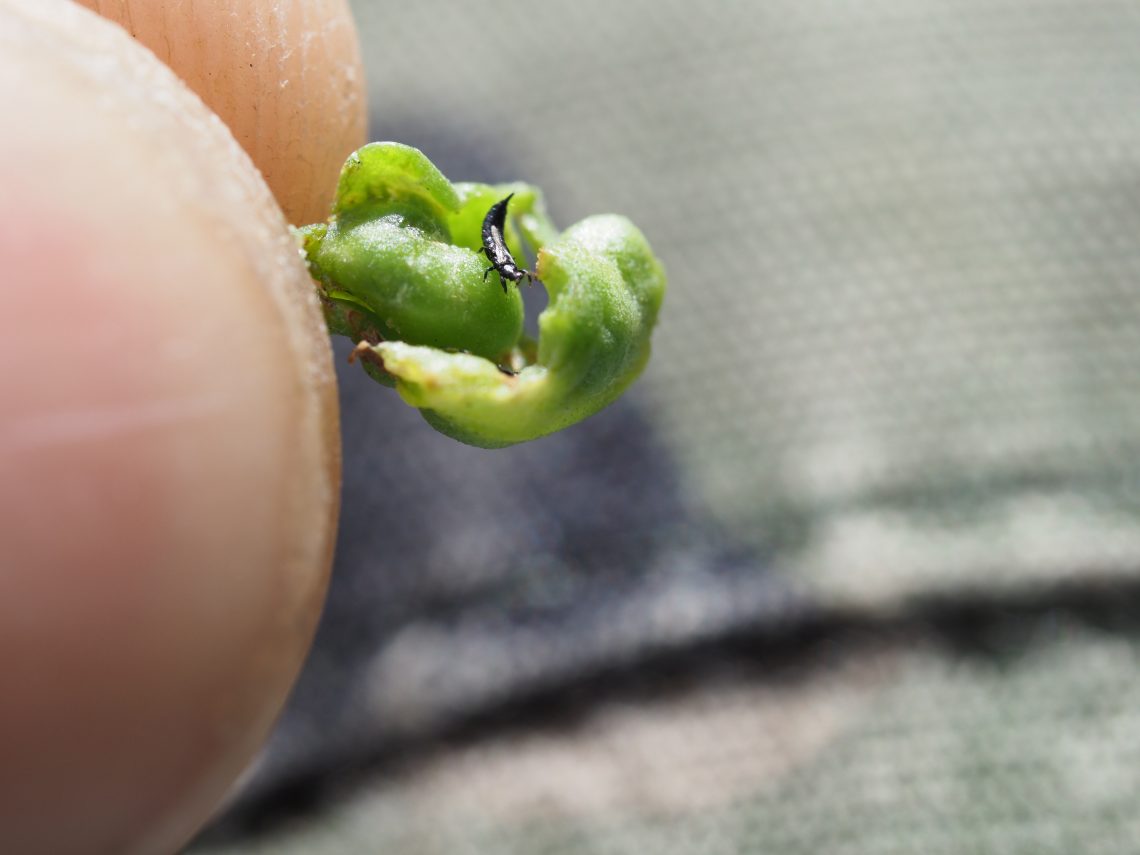
“Having a rapid response plan for this detection was so helpful. We had a list of naio that should be checked island-wide and all the agencies and landowners came together to help delimit. We were able to determine the extent of the infestation in one week, which meant treatment got underway very quickly,” says Neville. During island-wide surveys, the response team (including staff from a half-dozen resource management programs) found only 42 infested plants, all of which were in urban settings, isolated from natural areas and wild populations. All infected plants have been treated and the survey team is continuing to check naio for signs of thrips. Citizen scientists are helping by submitting photos through the OISC Adopt-a-Naio program.
Naio thrips have yet to be found on the Valley Isle. The Maui County Early Detection and Rapid Response plan, developed by eight resource-management and protection organizations, calls for monitoring over 30 naio populations across Maui, all of which were thrips-free as of February 2019. The surveys are repeated every six months.
You can help. If you have naio in your yard, or know where there are some, check them regularly for signs of thrips: crumpling and curling leaves. Find out more about naio thrips and the Maui County Early Detection and Rapid Response Plan online at https://dlnr.hawaii.gov/hisc/info/invasive-species-profiles/naio-thrips/
Lissa Strohecker is the public relations and education specialist for the Maui Invasive Species Committee. She holds a biological sciences degree from Montana State University. Kia’i Moku, “Guarding the Island,” is prepared by the Maui Invasive Species Committee to provide information on protecting the island from invasive plants and animals that can threaten the island’s environment, economy, and quality of life.
This article was originally published in the Maui News on March 10th, 2019 as part of the Kia‘i Moku Column from the Maui Invasive Species Committee.
Read more Kiaʻi Moku articles.


